Disclosure: This article contains affiliate links. We may earn a commission from purchases at no extra cost to you, which helps our travel content.
The first time I wandered through Krakow's cobblestone streets, I felt that familiar tingle of discovery – the one that comes when you know you've found somewhere special. While most visitors make a beeline for Wawel Castle and plan day trips to Auschwitz (both profoundly important sites), there's a deeper, more nuanced historical tapestry waiting to be unraveled in this Polish gem. As someone who's spent years advocating for tourism that goes beyond the surface level, I've returned to Krakow three times now, each visit peeling back another layer of its complex past. This spring, my partner and I spent a week deliberately seeking out the hidden corners where history whispers rather than shouts. What we found were places where the past feels tangibly present – where you can trace your fingers along centuries-old walls and stand in spaces that have witnessed the full spectrum of human experience, from artistic brilliance to unspeakable tragedy. Here are ten historical treasures that most visitors miss, but that might just become the most meaningful parts of your Krakow journey.
The Underground Secrets of Rynek Główny
Beneath Krakow's magnificent main square lies one of the city's most extraordinary museums – Rynek Underground (Podziemia Rynku). While tourists snap photos of the cloth hall above, few venture below to this archaeological wonderland that opened in 2010 after years of painstaking excavation.
On our second morning in Krakow, we descended into this subterranean realm before the crowds arrived. What struck me immediately was how the museum transforms archaeological findings into immersive storytelling. Walking along elevated glass pathways, we gazed down at the excavated remains of medieval merchant stalls, ancient roads, and even burial sites dating back to the 11th century.
The museum uses holographic displays and interactive exhibits to bring medieval Krakow to life. I stood mesmerized before a recreation of a goldsmith's workshop, the projected craftsman's hands moving in perfect synchronization with the narration about trade guilds and craftsmanship.
Perhaps most poignant were the everyday objects: a child's leather shoe, a merchant's scales, a woman's comb – intimate connections to individuals who walked these same streets nearly a millennium ago. I found myself thinking about how these ordinary people would never have imagined their personal belongings would someday be preserved in a museum beneath the city they called home.
I captured some of the atmospheric lighting with my travel camera, though in the dimly lit space, I wished I'd brought something with better low-light capabilities.
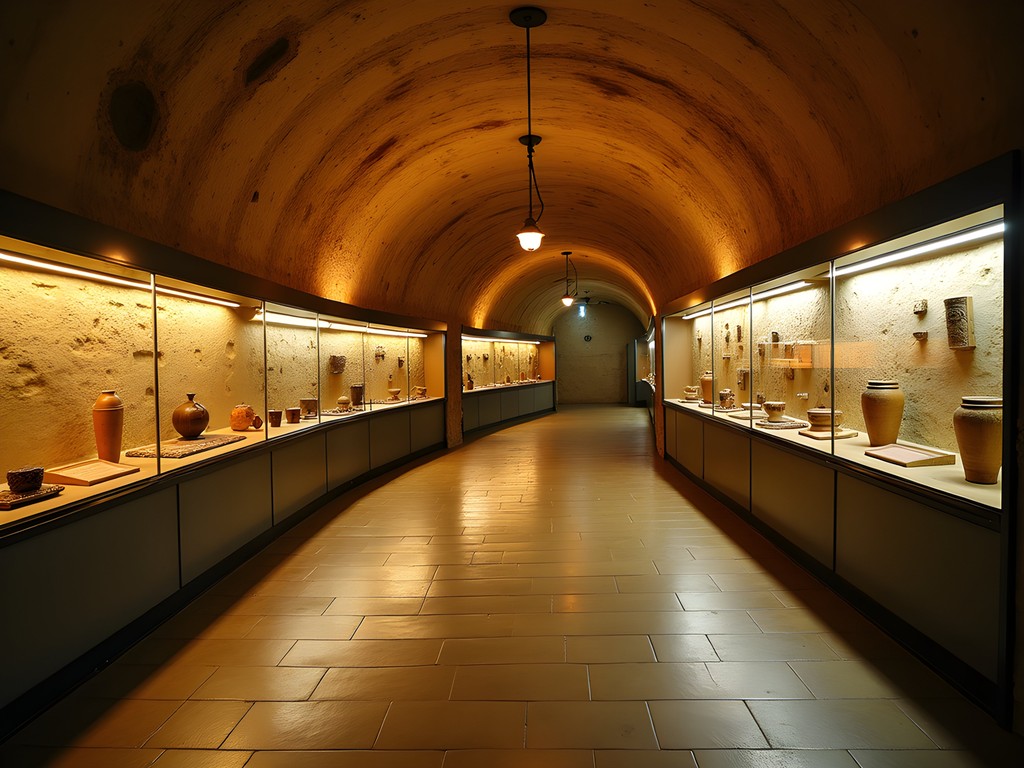
💡 Pro Tips
- Book tickets online to avoid queues – the museum limits daily visitors
- Visit first thing in the morning when the lighting creates a particularly atmospheric experience
- Download the free audio guide app before your visit for additional context
The Forgotten Jewish Quarter of Kazimierz
While many visitors make it to Kazimierz, few venture beyond Szeroka Street and the handful of synagogues featured in guidebooks. The true magic of this once-thriving Jewish district lies in its quiet corners and overlooked historical sites that speak volumes about the neighborhood's complex past.
On our third day in Krakow, we dedicated an entire afternoon to wandering Kazimierz with nothing but a hand-drawn map given to us by our guesthouse owner. It led us to the New Jewish Cemetery on Miodowa Street – vastly different from the Old Cemetery that tour groups visit. Here, among overgrown paths and tilting gravestones, we found a profound tranquility. The cemetery contains graves from the late 18th century through the Holocaust era, with many tombstones bearing poignant inscriptions and beautiful symbolic carvings.
Nearby, we discovered the Isaac Synagogue, often overshadowed by the more famous Old Synagogue. What makes Isaac unique is its beautifully preserved wall paintings and the small exhibition that tells the story of everyday Jewish life in pre-war Krakow through personal objects and photographs.
Perhaps most moving was our visit to Józefa Street, where we found Café Cheder – a cultural space dedicated to preserving Jewish culture through literature, music, and food. Over steaming cups of Israeli-style coffee prepared on hot sand, we paged through books about Jewish Krakow and listened to Klezmer recordings. The owner shared stories of the neighborhood's gradual revival and the delicate balance between honoring the past and creating a living, breathing community.
Later, as twilight descended, we joined a small group gathering at Plac Nowy for a Yiddish storytelling event. Sitting on simple wooden chairs in this market square where Jewish merchants once sold their wares, listening to tales in a language that once filled these streets, was a profound connection to the neighborhood's soul.
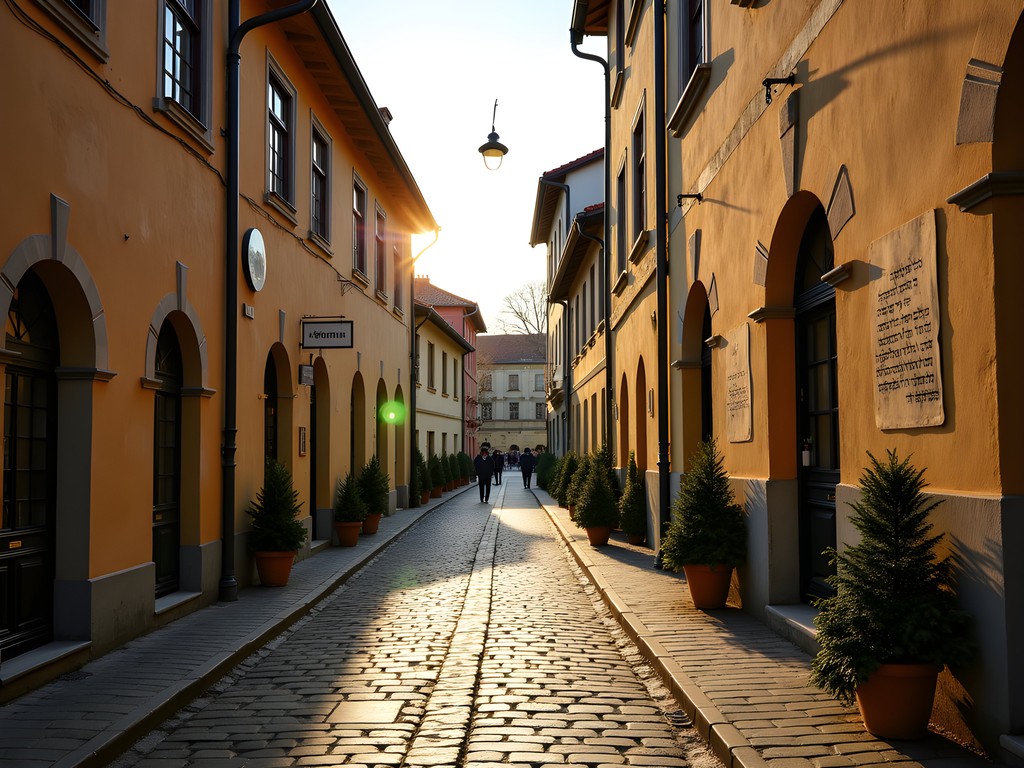
💡 Pro Tips
- Visit on Sundays when the antique market at Plac Nowy offers historical treasures
- Look for the small brass plates embedded in the pavement marking former Jewish homes and businesses
- Bring a small stone to leave on graves at the New Jewish Cemetery, following Jewish tradition
The Mysteries of Tyniec Abbey
Just 12 kilometers from Krakow's center lies one of Poland's oldest monasteries – a place where history, spirituality, and natural beauty converge in spectacular fashion. Tyniec Abbey, perched dramatically on limestone cliffs above the Vistula River, remains active with Benedictine monks continuing traditions begun in 1044.
We rented bicycles from our accommodation and followed the riverside path to reach the abbey, making a half-day adventure of the journey. The travel binoculars I always pack for nature viewing came in handy as we approached, spotting the limestone edifice from across the river and observing nesting birds in the cliff face below the monastery walls.
What makes Tyniec special is that it's not just a historical monument but a living spiritual center. We joined a guided tour led by one of the monks, Brother Marek, whose quiet passion for the abbey's history brought the ancient stones to life. He showed us the Romanesque crypt beneath the church, the medieval manuscript collection (including books that survived numerous invasions over nine centuries), and the simple quarters where monks have contemplated existence since the 11th century.
The abbey museum houses artifacts recovered during archaeological excavations, including everyday objects used by monks through the centuries. I was particularly moved by a collection of small personal items – a monk's spectacles from the 17th century, a handwritten prayer book with marginalia notes, a wooden rosary worn smooth by decades of prayer.
After our tour, we sat in the abbey's courtyard café sipping herbal liqueur made from the monks' own recipe and watching swallows dart between the ancient bell towers. The monastery shop sells products made by the monks – honey, jams, and herbal teas – which make meaningful souvenirs with historical significance.
As the afternoon light turned golden, we walked the meditation path that winds along the cliff edge, offering spectacular views of the Vistula River below. The sense of continuous history – of prayers being said in the same spaces for nearly a millennium – created a profound connection to the past that few tourist attractions can match.
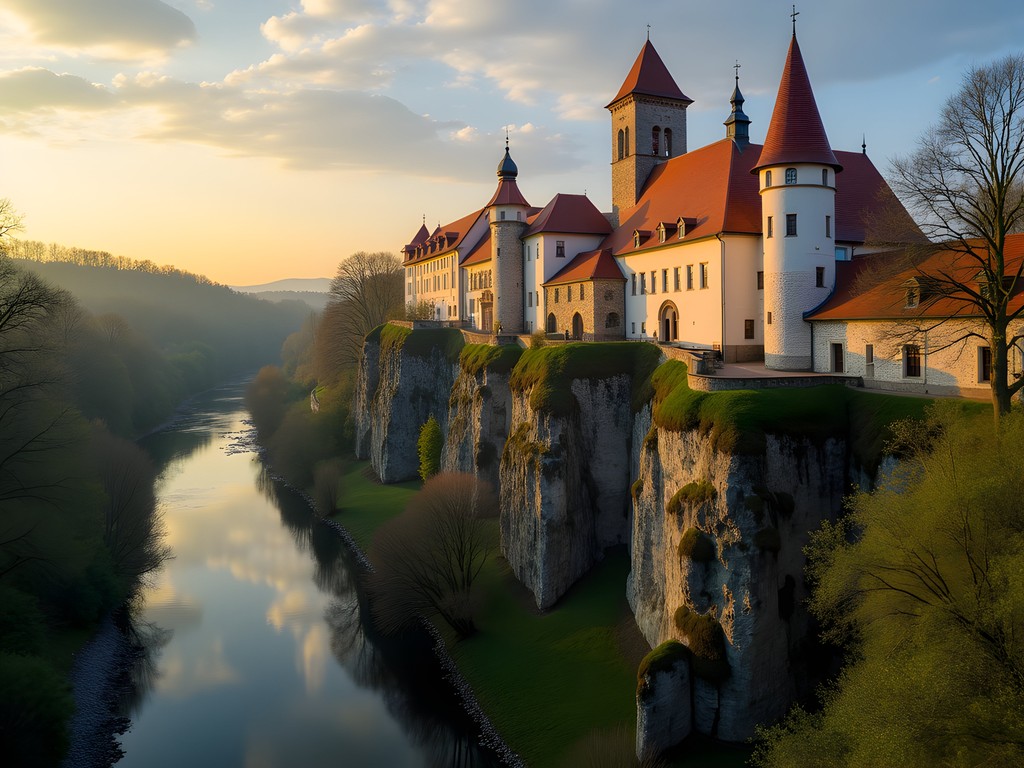
💡 Pro Tips
- Rent bicycles in Krakow for the scenic riverside ride to Tyniec
- Check the abbey website for Gregorian chant performances – hearing the monks sing in the ancient church is unforgettable
- Join one of the guided tours led by the monks for access to areas closed to the general public
The Secrets of Nowa Huta
For a complete contrast to medieval Krakow, we dedicated a day to exploring Nowa Huta – the planned socialist district built by the Communist regime in the 1950s as an ideological counterweight to intellectual, bourgeois Krakow. While most visitors dismiss this area as a gray Soviet-era curiosity, it offers one of the most fascinating historical narratives in the entire city.
We joined a specialized tour in a vintage Trabant car, guided by Piotr, whose grandparents were among the first workers relocated to help build the Lenin Steelworks. The perfectly symmetrical layout of the district – designed to embody socialist ideals – creates a surreal urban landscape unlike anything else in Poland.
What surprised me most was learning about the fierce resistance to communism that emerged from this very district designed to be a model socialist community. We visited the Lord's Ark Church (Arka Pana), a striking modernist structure built by hand by local residents who fought for years for permission to construct it. Inside, the church contains remarkable artifacts from the Solidarity movement, including a Madonna figure wearing a dress made from coal miners' gifts.
In Central Square (formerly Lenin Square), Piotr pointed out bullet marks still visible on buildings from protests and demonstrations. The massive steelworks that once employed over 40,000 people now operates on a much smaller scale, but remains an imposing presence on the landscape.
Perhaps most fascinating was our visit to a perfectly preserved Soviet-era apartment, maintained as a museum of everyday life under communism. The vintage furniture, household appliances, and propaganda materials offered an intimate glimpse into daily existence during Poland's communist period. I was particularly struck by the family photos displayed alongside government-issued certificates and ration cards – reminders that even in this ideologically designed space, individual human stories unfolded.
As the sun began to set, we ended our exploration at Restauracja Stylowa – a time capsule of a restaurant that has barely changed since the 1970s. Over plates of traditional Polish food served on vintage tableware, we reflected on how quickly historical narratives can change. What was built as a monument to socialist progress is now preserved as a cautionary tale about totalitarianism – yet the community pride of many longtime residents transcends these shifting interpretations.
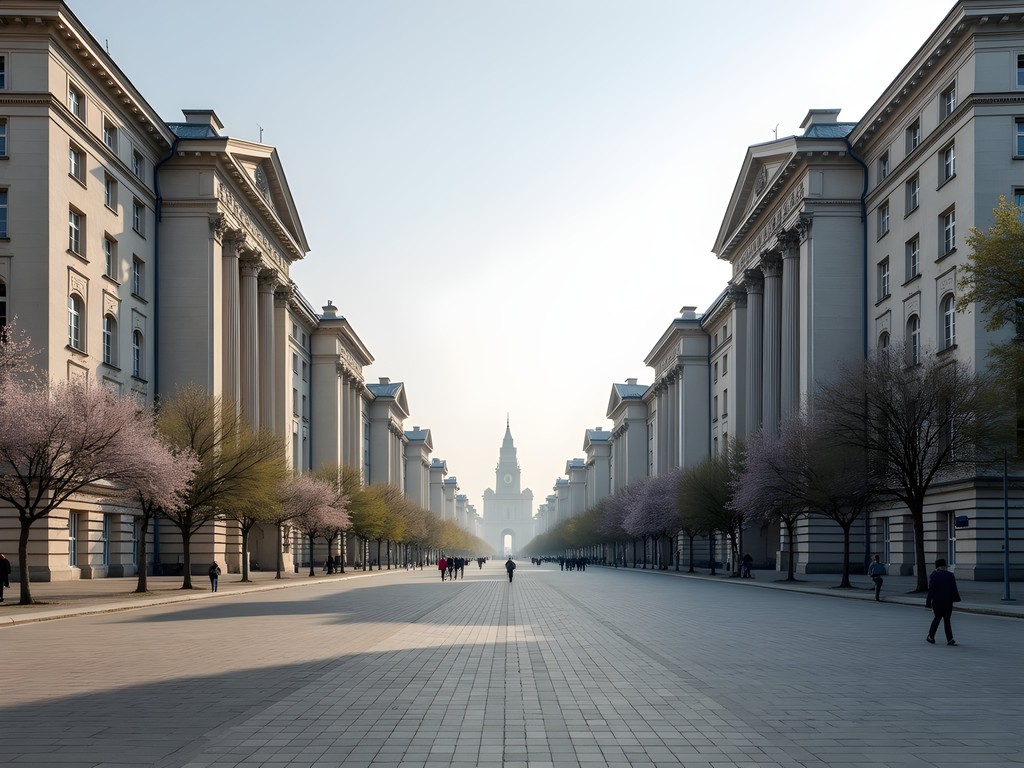
💡 Pro Tips
- Take the specialized Crazy Guides Nowa Huta tour in vintage cars for the most authentic experience
- Visit on Thursday when the district's small museum of communist-era everyday objects is open
- Look for the hidden nuclear fallout shelters beneath certain apartment blocks – some can be visited by arrangement
The Secrets Beneath Wawel Hill
While Wawel Castle tops every visitor's itinerary, few discover the fascinating network of caves beneath Wawel Hill that feature prominently in Polish folklore. According to legend, a fire-breathing dragon once terrorized Krakow from his lair beneath the hill – a story commemorated today by the metal dragon statue that breathes real fire every few minutes near the riverbank.
But the true hidden gem is the Dragon's Den (Smocza Jama) cave system that you can actually explore. After visiting the castle, we followed signs to a narrow spiral staircase that descends into the limestone caves. The temperature dropped noticeably as we wound our way down into the earth, emerging into a network of chambers and passages that have been used by humans since prehistoric times.
What makes this experience special is how it connects natural history with human folklore and medieval life. Archaeological evidence suggests these caves were used as storage, shelter, and possibly even as taverns serving the castle above. Interpretive signs explain how the discovery of ancient animal bones, including cave bear remains, likely contributed to the dragon legends.
The caves extend for over 270 meters, though only about 80 meters are open to the public. Walking through the dimly lit chambers with water occasionally dripping from the ceiling creates an atmosphere straight from a fantasy novel. I was grateful for the headlamp I'd packed, which allowed me to illuminate some of the interesting limestone formations while keeping my hands free for photography.
The exit from the caves deposits you at the foot of Wawel Hill beside the Vistula River, where the fire-breathing dragon statue stands. We timed our exit to coincide with one of its periodic fire-breathing displays, much to the delight of children gathered around. Standing there watching flames shoot from the dragon's metal jaws while knowing we'd just emerged from the very caves that inspired the legend created a magical connection between past and present.
We ended this experience with a walk along the river path that offers stunning views of Wawel Castle from below – a perspective most visitors miss but that medieval travelers approaching by river would have experienced.
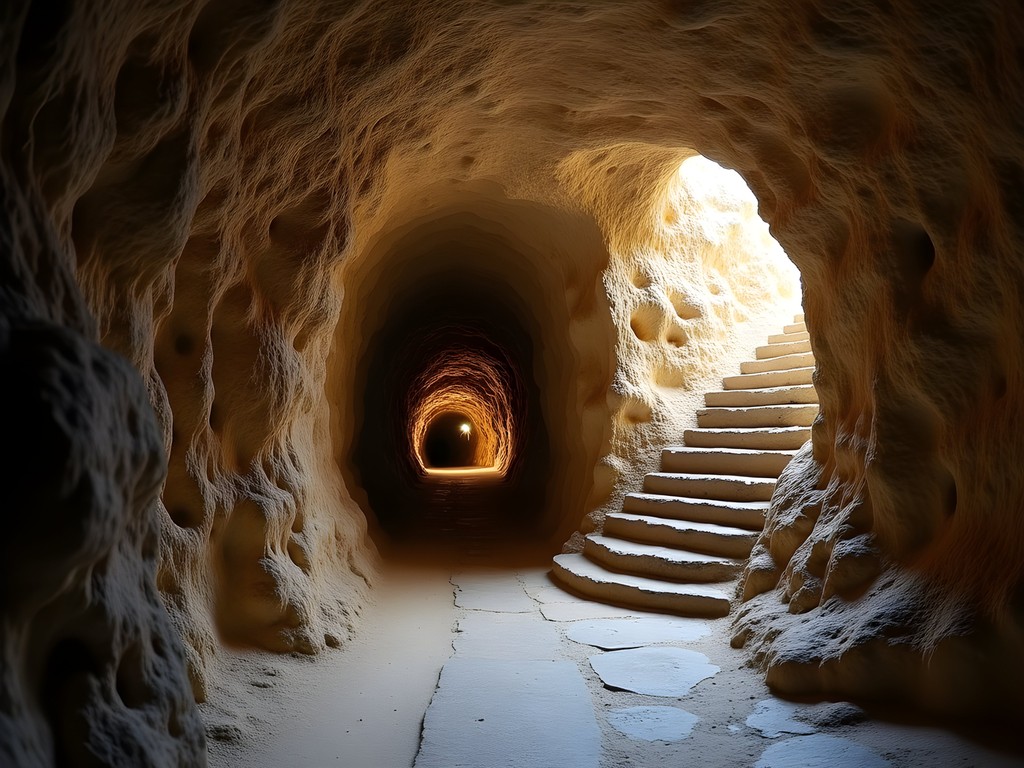
💡 Pro Tips
- Visit late in the day when most tour groups have departed and the caves are less crowded
- Bring a light jacket even in spring – the temperature in the caves stays cool year-round
- Purchase combined tickets that include both the Dragon's Den and the castle's State Rooms for the best value
Celestial Secrets: Krakow's Astronomical Heritage
Growing up with an astronomy professor father, I've always had a soft spot for historical observatories and astronomical sites. Krakow holds special significance in this realm as the city where Nicolaus Copernicus studied before developing his revolutionary heliocentric model of the universe. While most visitors miss these astronomical connections, they offer a fascinating lens through which to view the city's scientific heritage.
Our first astronomical discovery was the Collegium Maius, the oldest building of Jagiellonian University and where Copernicus himself studied in the late 15th century. The museum houses an extraordinary collection of ancient astronomical instruments, including astrolabes, armillary spheres, and early telescopes. The medieval astronomical clock in the courtyard still functions, tracking not just time but celestial movements.
What truly captivated me was seeing Copernicus's actual instruments – the tools with which he made observations that would eventually overturn humanity's understanding of our place in the cosmos. Standing before his wooden quadrant, I felt that familiar thrill that comes from proximity to objects that changed history.
Less known to visitors is the University's contemporary astronomical observatory at Fort Skała on the city's outskirts. We arranged a special evening visit through the university's astronomy department, where current researchers continue the tradition of celestial observation begun centuries ago. Using my star guide, we identified constellations from the observatory's viewing platform before being invited to look through their modern research telescopes.
Back in the Old Town, we discovered astronomical symbols hidden in plain sight throughout Krakow. The Market Square's Cloth Hall features zodiac medallions, while several historic townhouses bear celestial motifs on their facades – silent reminders of an age when astronomy and astrology were intertwined. In St. Mary's Basilica, we found a 15th-century astronomical clock that not only tells time but tracks the phases of the moon.
Perhaps most magical was our discovery of the solar calendar embedded in the floor of St. Mary's Basilica. On specific days throughout the year, sunlight streams through precisely positioned windows to illuminate particular markers on the floor – a medieval astronomical instrument built directly into the church architecture. We were fortunate to visit during the spring equinox when this phenomenon was particularly noticeable, creating a golden path across the ancient stones.

💡 Pro Tips
- Visit Collegium Maius early on weekdays when university groups are fewer
- Email the University Observatory at Fort Skała in advance to arrange an evening visit
- Look for the 'golden hour' – approximately 30 minutes before sunset when the light illuminates the astronomical details on building facades
Final Thoughts
As our week in Krakow drew to a close, I found myself reflecting on how these hidden historical sites had transformed our experience of the city. Beyond the undeniable importance of major landmarks like Wawel Castle and the somber education of Auschwitz, these lesser-known places revealed Krakow's soul – the complex, layered narrative of a city that has witnessed everything from astronomical breakthroughs to communist resistance. What makes travel truly meaningful isn't checking famous sites off a list, but rather those moments of genuine connection with a place's lived history. In Krakow, that history is everywhere – in underground chambers, forgotten synagogues, limestone caves, and astronomical instruments – waiting for curious travelers willing to look beyond the obvious. As you plan your own journey to this remarkable city, I encourage you to make time for at least a few of these hidden historical gems. They may not appear on postcards, but they'll offer you something far more valuable: a deeper understanding of Krakow's extraordinary past and the countless human stories that have unfolded within its ancient boundaries.
✨ Key Takeaways
- The most meaningful historical sites are often those overlooked by standard itineraries
- Krakow's complex history encompasses medieval splendor, Jewish heritage, communist resistance, and scientific innovation
- Connecting with local experts and residents provides access to hidden historical narratives
- Spring offers ideal conditions for exploring both indoor museums and outdoor historical sites
📋 Practical Information
Best Time to Visit
April to June (spring) or September to October (early autumn)
Budget Estimate
$100-150 per day for mid-range accommodations, meals, and activities
Recommended Duration
5-7 days to properly explore beyond the main sites
Difficulty Level
Easy - Most Hidden Sites Are Accessible By Public Transport Or Walking

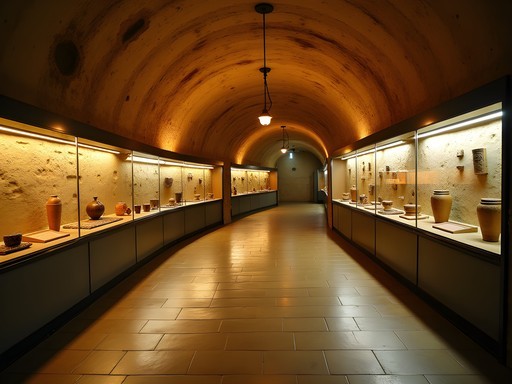
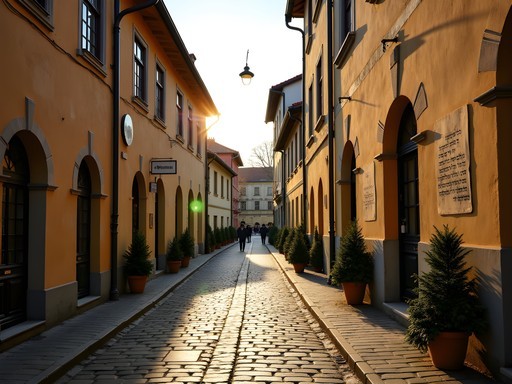
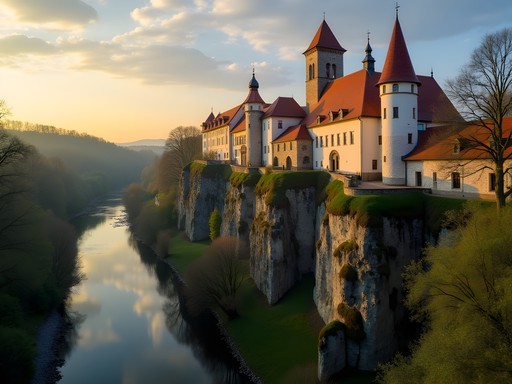
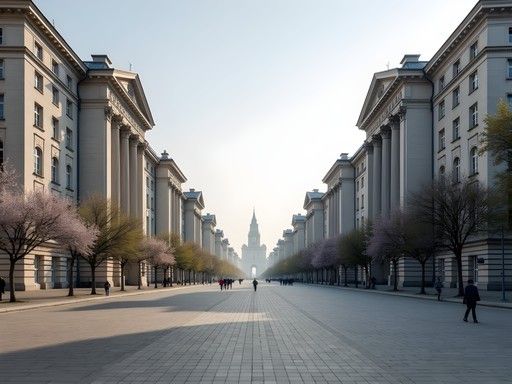












Comments
history_buff_traveler
Just got back from Krakow and used this post as inspiration! Tyniec Abbey was the highlight for me - so peaceful compared to the busy city center. We took the river boat there which added to the experience. The monks still make amazing products there - I bought some honey and beer that were delicious. The Underground Museum was fascinating too, but definitely book ahead as someone mentioned. Thanks for helping us discover these less-touristy spots!
Taylor Sullivan
So happy to hear this helped with your trip! The river boat to Tyniec is such a great suggestion - I walked through the monastery grounds but didn't know about their homemade products. Will have to try those next time!
backpack_wanderer
Love this! Saving for my trip in December!
euro_explorer
December is magical in Krakow! The Christmas market in the main square is incredible.
polishheritage
If you're interested in the Jewish Quarter, try to time your visit for the annual Jewish Culture Festival in summer. Incredible atmosphere and events throughout Kazimierz!
moonking
Anyone been to Tyniec Abbey in winter? Planning a December trip.
Gregory Boyd
Went there last December - absolutely magical with a dusting of snow. The riverside path can be icy though, so pack good boots!
Sage Dixon
Taylor, this post brings back so many memories! Last year I spent a week exploring Krakow and completely fell in love with Kazimierz. That district has such a powerful history yet feels so alive with all the street art and cafes. Did you visit the Galicia Jewish Museum? It's small but incredibly moving. Nowa Huta was another highlight - I took a guided tour in one of those vintage Trabant cars which made the Soviet history come alive. The contrast between the medieval city center and this planned socialist district is fascinating. One tip for anyone heading to the Underground Museum under Rynek Główny - book tickets online at least a day ahead. I made the mistake of just showing up and couldn't get in. I ended up using my pocket guide to find alternative activities that day, which worked out well, but I still regret missing those underground exhibits!
travel_dreamer92
Those Trabant tours look so cool! Were they expensive?
Sage Dixon
Around 60 euros for a 2.5 hour tour, so not cheap but definitely worth it for the experience! The guides are usually locals who grew up during communist times, which adds so much depth to the stories.
cityadventurer
This is exactly what I was looking for! Going to Krakow next month and wanted to explore beyond the usual spots. How did you get between these places? Is public transport good or should I just walk?
Taylor Sullivan
Hi there! Krakow has excellent public transportation - trams are super efficient. But honestly, most of the places in the Old Town and Kazimierz are within walking distance. For Nowa Huta and Tyniec Abbey, definitely take public transport. I recommend getting a 72-hour transport pass if you're staying that long!
cityadventurer
Thanks so much! Will definitely get that pass then. Any specific food spots in Kazimierz you'd recommend?
Taylor Sullivan
Definitely try Hamsa for amazing Israeli food, and there's a tiny place called Alchemia that has great atmosphere and decent Polish food. The food markets in Kazimierz on weekends are incredible too!
redseeker
Just booked my tickets to Krakow after reading this! Can't wait to explore beyond the typical tourist trail!
dreamphotographer
Great post! I'm an amateur photographer and these hidden spots seem perfect for unique shots. Any tips on best lighting for photographing places like the underground museum or Kazimierz district?
Nicole Russell
The underground museum is tricky because of the artificial lighting, so bring a fast lens! For Kazimierz, golden hour is magical - the light filters between buildings creating amazing shadows. The old synagogues look incredible around 4-5pm in autumn.
Gregory Boyd
Brilliant write-up on Krakow's hidden gems! I spent three weeks there last autumn and can confirm Nowa Huta is absolutely fascinating - a complete time capsule of Soviet-era architecture and planning. The contrast between it and medieval Krakow is striking. For anyone visiting, I highly recommend taking the communist-era tour in an original Trabant car - our guide was an older local who actually lived through those times and had incredible stories. Also, bring a decent city guide as some of these spots have limited English signage, especially in Nowa Huta.
redseeker
OMG that Trabant tour sounds amazing! Definitely doing that when I visit. Was it expensive?
Gregory Boyd
It was about 60 euros for a private tour, so not cheap but worth every penny for the experience!
moonking
Those photos of Tyniec Abbey are stunning! Adding it to my list.
Venture X
Premium card with 2X miles, $300 travel credit, Priority Pass